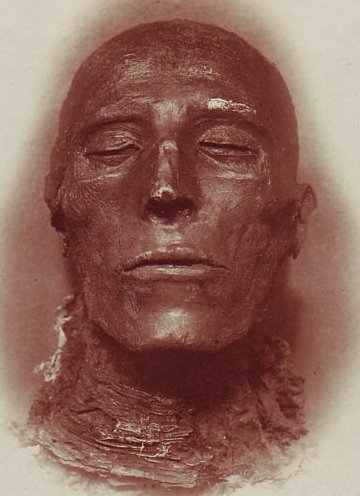
The Abominable Dr. Phibes (1971) starring Vincent Price has long been one of my favorite films. I re-visit it once or twice each year and it always retains a freshness and vitality that separates it from other movies that I love. When asked to explain why it resonates with me to such a degree, I would invariably state that it is the perfect mix of horror and comedy. It never descends into the level of a spoof, but it has a delightfully anachronistic and intentionally offbeat bent with its art deco sets, lurid murders, campy score, and over-the-top performances. The film is a valentine to the mystery fiction of Edwardian England that saw the transition from Sherlock Holmes to Dr. Fu Manchu, but filtered through modern sensibilities that delight in the sensationalistic villainy and the preposterousness of detectives matching wits with murderers as if they were schoolboys playing a game.
While all of the above is certainly true, my attraction to the material runs deeper. Viewing the film as a valentine to Edwardian thrillers sparked a thought about Halloween. For most, it is a time for children to play dress-up and collect candy from their neighbors, but there is another side to the holiday that is decidedly grim. Halloween also evokes sadness and tragedy, lost love, memories of happiness never to be reclaimed, it is fitting it is an Autumnal holiday for it is a celebration of the bittersweet and the tragic. I suspect that is the root of what leads some adults to still cling to the Classic Horror films of the last century before horror became synonymous with splatter films and torture porn. Horror used to be reflective of unfortunate lives, lamentations of those cursed or forsaken. That association is still strong for those who are out of step with the world around them and feel separated from the rest of the world by the weight of their pain. Halloween and Classic Horror are a remembrance of our painful pasts that we transfer to entertainments depicting others’ pain and torment.
TO CONTINUE READING THIS ARTICLE, PLEASE VISIT HERE.


.jpg)
No comments:
Post a Comment